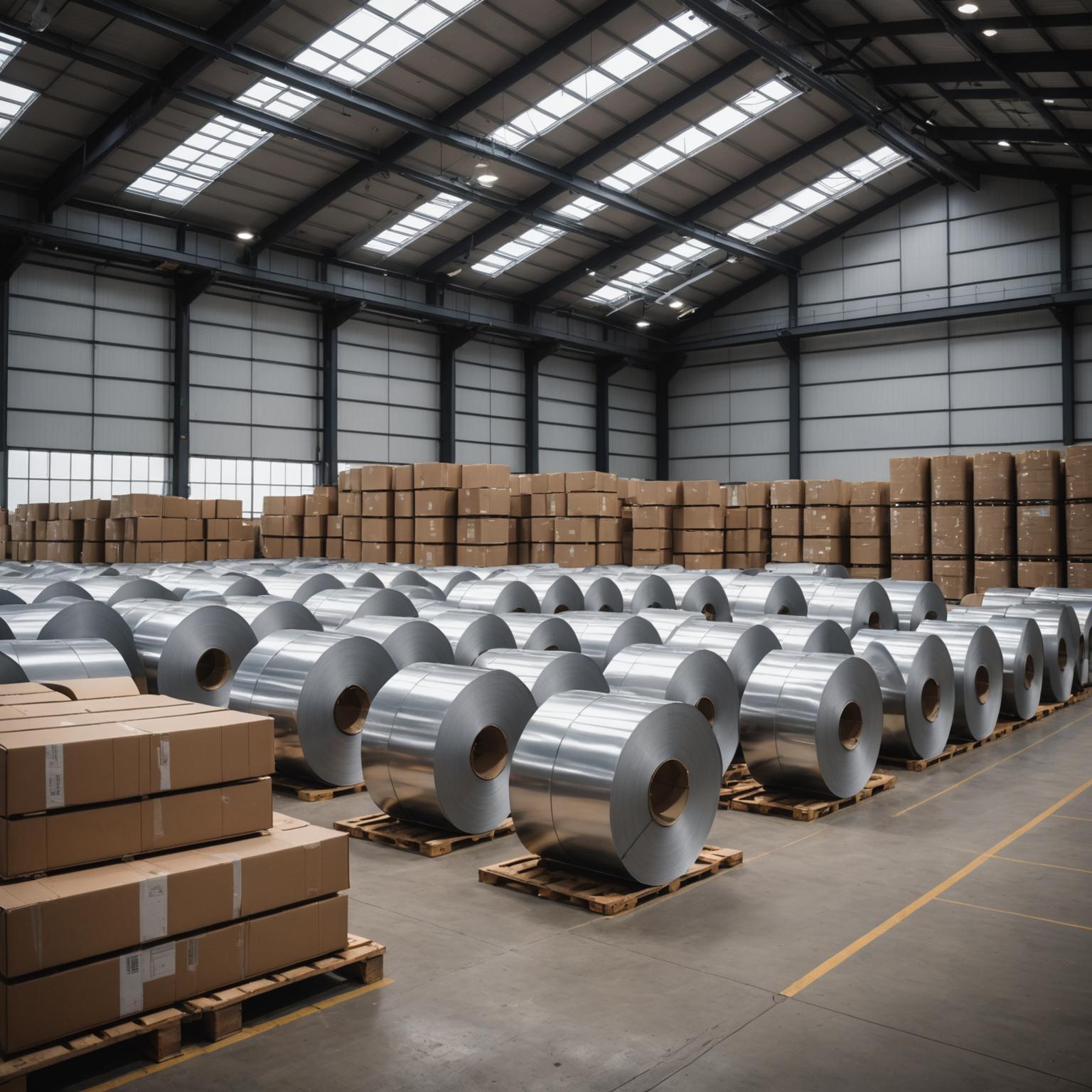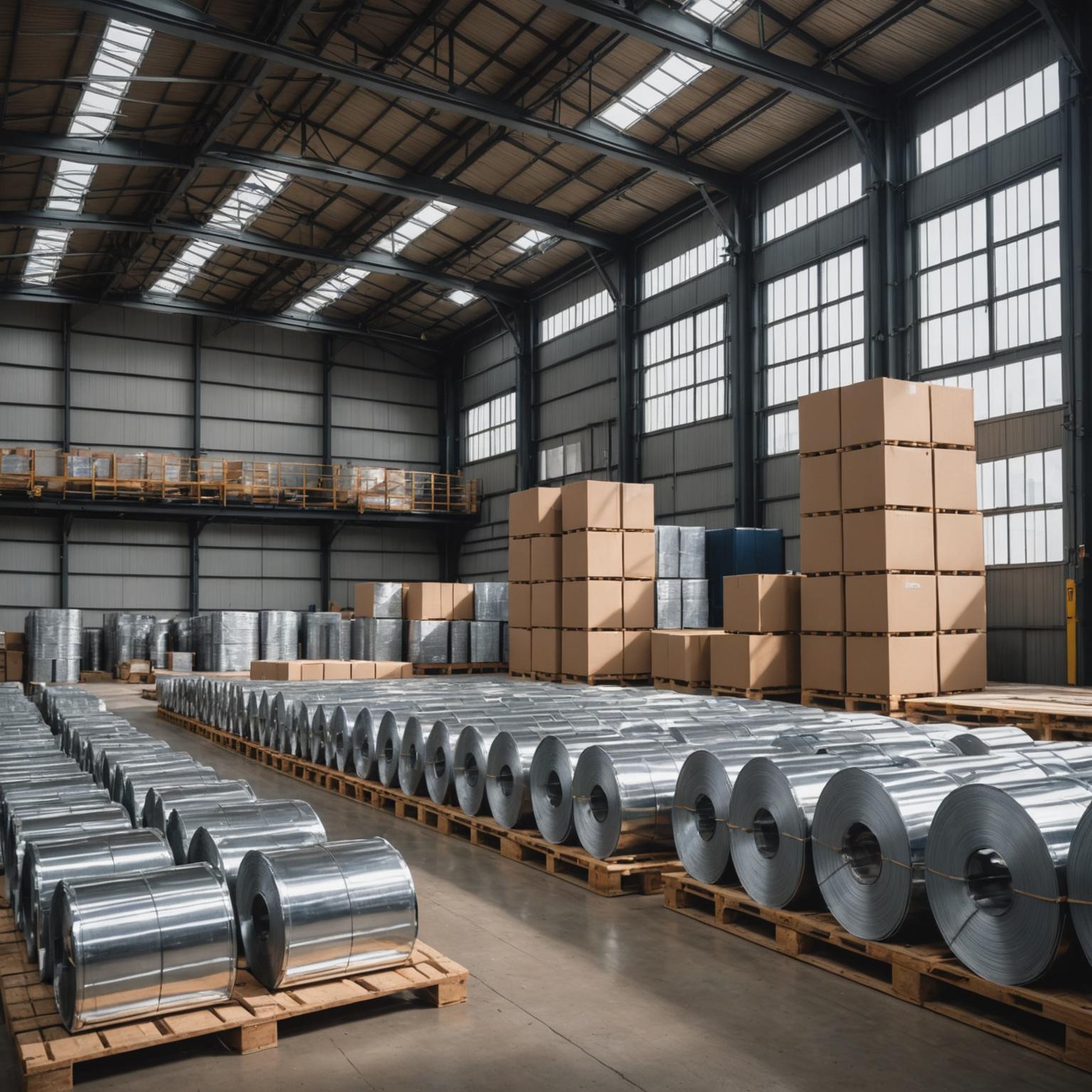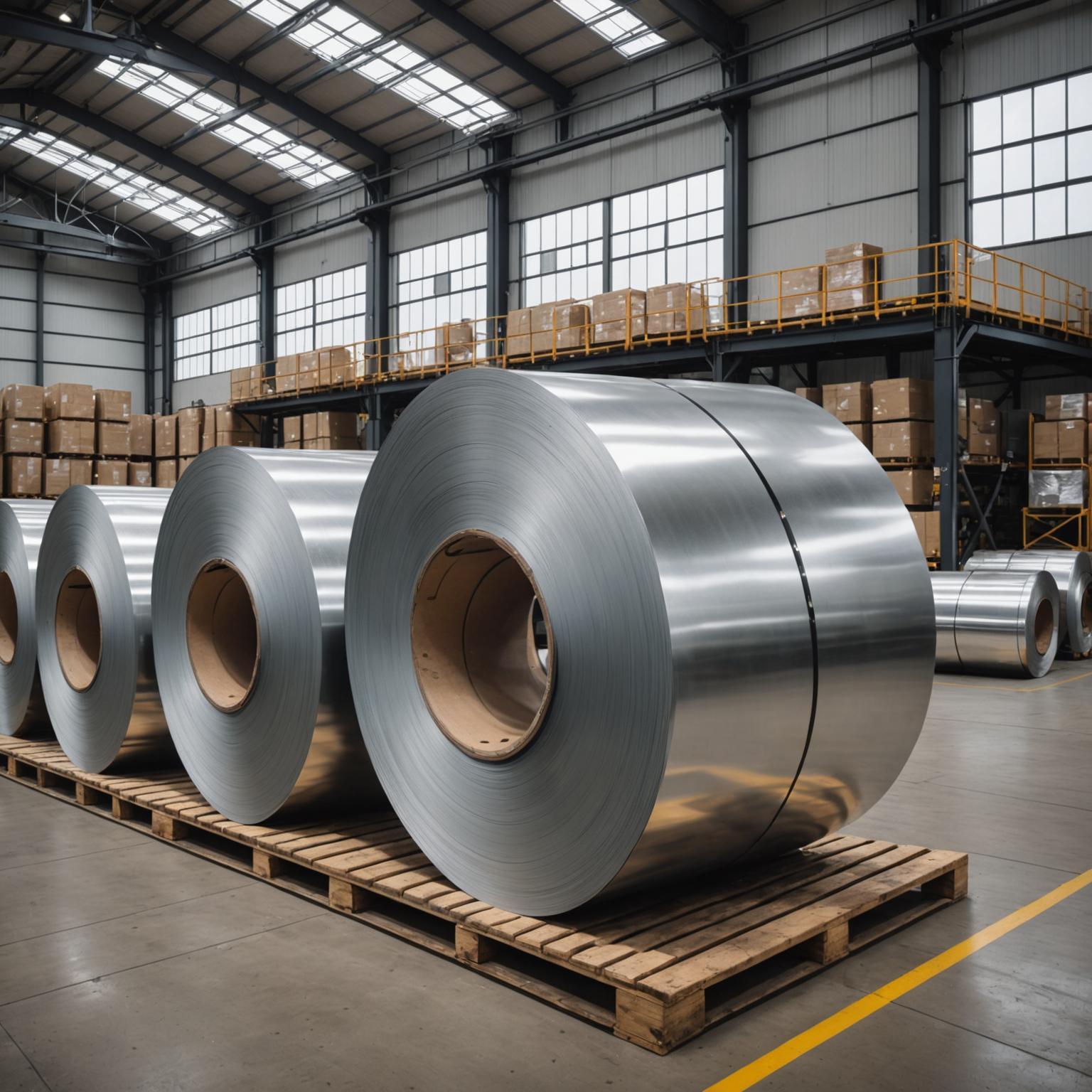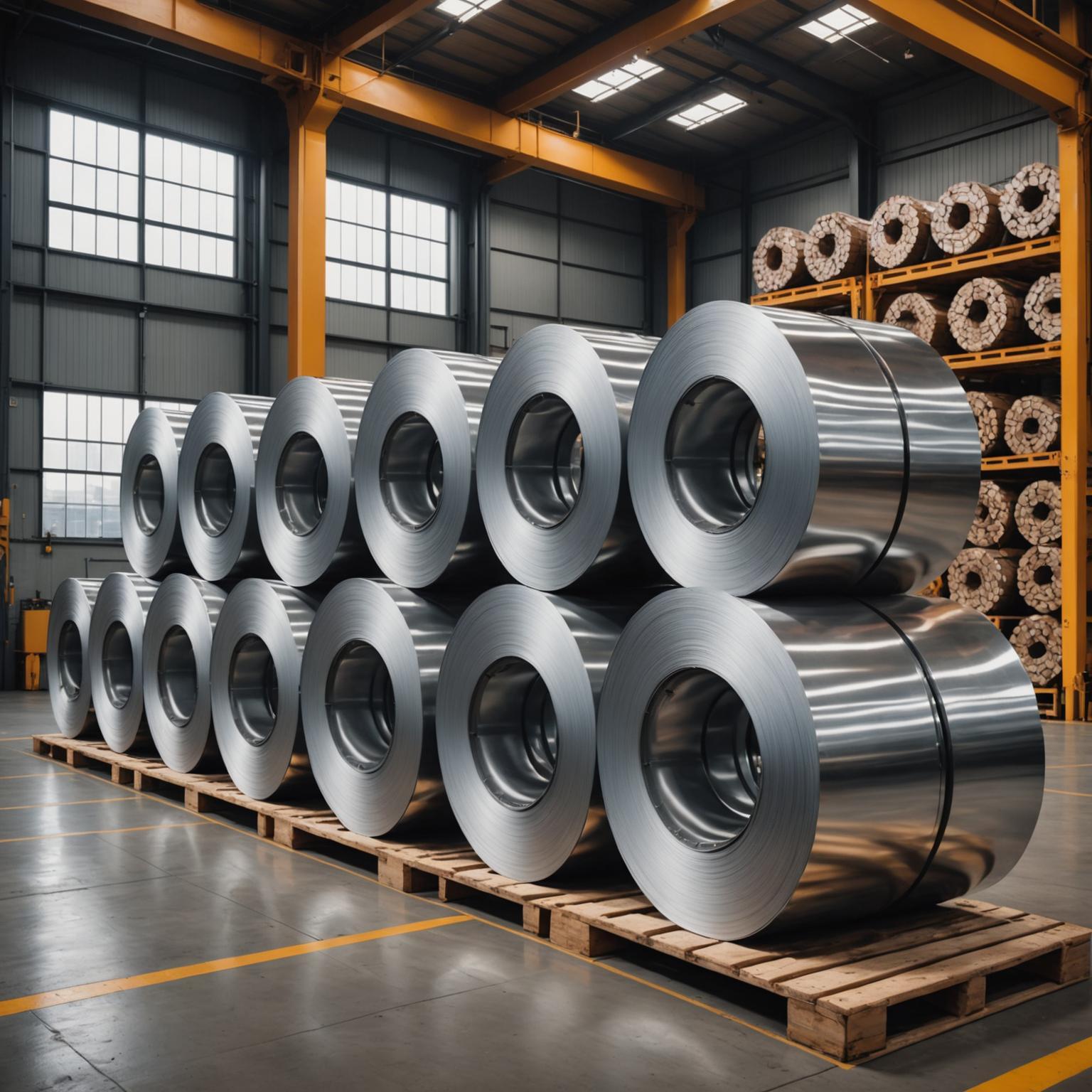When selecting materials for a project, the choice of stainless steel grade is a critical decision that impacts durability, appearance, and budget. Among the most common options, the discussion around the 304 vs 201 stainless steel sheet is prominent for manufacturers and fabricators. While both are austenitic stainless steels and may look similar to the untrained eye, their underlying differences in chemical composition lead to significant variations in performance, longevity, and price. Understanding these distinctions is key to selecting the appropriate material that balances project requirements with financial constraints, ensuring both functional success and economic efficiency.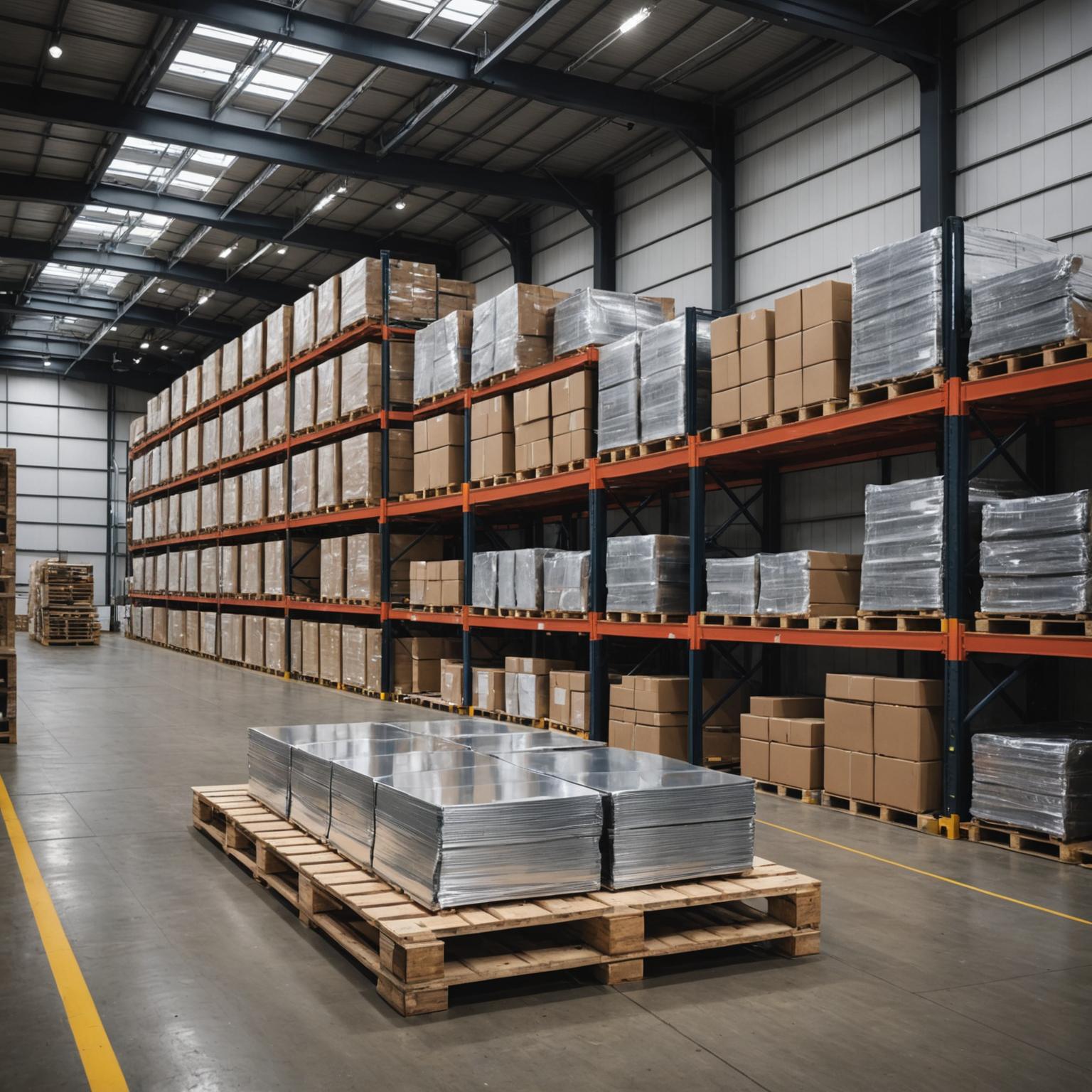
Chemical Composition: The Foundational Difference
At the heart of the comparison between 304 and 201 stainless steel is their chemical makeup. The primary distinction lies in the content of two crucial alloying elements: nickel and manganese. Grade 304 stainless steel is renowned for its composition, which typically includes about 18% chromium and 8% nickel. This high nickel content is fundamental to its excellent corrosion resistance and formability. Nickel acts as a stabilizer for the austenitic crystal structure, enhancing the steel's toughness and ductility across a wide range of temperatures. In contrast, grade 201 stainless steel was developed as a lower-cost alternative. To reduce expenses, manufacturers substitute a portion of the expensive nickel with more affordable elements, namely manganese and nitrogen. A typical 201 grade contains about 16-18% chromium, but only 3.5-5.5% nickel, with an increased manganese content of 5.5-7.5%. This intentional substitution is the primary driver behind the differing properties and costs of the two alloys.
Corrosion Resistance and Durability
The most significant performance consequence of this chemical variance is in corrosion resistance. The higher percentage of nickel and chromium in 304 stainless steel provides it with superior protection against a wide array of corrosive elements. It performs exceptionally well in environments exposed to moisture, humidity, and various chemicals, making it the industry standard for food and beverage processing, chemical storage, and marine applications. Its robust passive chromium-oxide layer self-repairs quickly when scratched, preventing rust and pitting. On the other hand, 201 stainless steel is far more susceptible to corrosion. With less nickel, its protective layer is weaker and less resilient. While it offers fair resistance in mild, dry, indoor environments, it will quickly show signs of rust and staining when exposed to moisture, salt spray, or acidic substances. This makes it unsuitable for outdoor use or in applications where it will come into contact with water or corrosive agents. In terms of durability, while 201 is slightly harder and has higher yield strength due to its nitrogen content, its long-term integrity can be compromised by its vulnerability to rust, which can lead to structural failure.
Formability, Weldability, and Aesthetics
In fabrication processes, the differences continue to be apparent. The high nickel content in 304 stainless steel makes it remarkably ductile and easy to form. It can be deep-drawn, bent, and shaped into complex designs without a high risk of cracking or splitting. It is also easily weldable, producing strong and durable joints. This makes it a preferred choice for products requiring intricate manufacturing, such as kitchen sinks, complex architectural panels, and custom-fabricated tanks. Conversely, the lower nickel and higher manganese content in 201 stainless steel makes it less ductile. It is more prone to work hardening and can crack during aggressive forming operations. Welding 201 is also more challenging and may require specific techniques to avoid issues like intergranular corrosion at the weld site. Aesthetically, both grades can be polished to a similar finish initially. However, over time, 201 is more likely to tarnish, stain, and rust in suboptimal conditions, while 304 will maintain its bright, clean appearance for much longer with minimal maintenance.
A Comprehensive Cost Analysis
For many projects, the decision ultimately hinges on a detailed cost analysis. On the surface, 201 stainless steel is significantly cheaper than 304, often by as much as 30-40%. This price difference is almost entirely due to the commodity prices of their alloying elements; nickel is a much more expensive metal than manganese. This upfront saving makes 201 an attractive option for high-volume, cost-sensitive products intended for controlled, non-corrosive environments. Examples include indoor decorative trim, appliance components, and some types of inexpensive cookware. However, a true cost analysis must consider the total lifecycle cost. Using 201 in an inappropriate application, such as outdoor railings or food service counters, will lead to premature failure. The costs associated with repairs, replacement, and potential damage to a brand's reputation due to a failing product will far outweigh the initial material savings. In these scenarios, the superior longevity and minimal maintenance of 304 make it the more economically sound choice in the long run. The higher initial investment is justified by decades of reliable performance, avoiding the recurring expenses linked to the failure of a less-suited material.
Conclusion: Matching the Material to the Mission
In conclusion, the debate of 304 vs 201 stainless steel sheet is not about determining a universally superior material, but about making an informed decision based on the specific demands of an application. Grade 304 offers excellent corrosion resistance, superior formability, and long-term durability, making it the ideal choice for demanding environments and high-quality products where performance is paramount. Grade 201 provides a cost-effective solution for applications in dry, indoor settings where budget is the primary driver and the risk of corrosion is negligible. A thorough evaluation of the end-use environment, required lifespan, fabrication needs, and a complete lifecycle cost analysis is essential. By carefully weighing these factors, you can select the right stainless steel that delivers the necessary performance without overspending, ensuring a successful and cost-effective outcome for your project.



